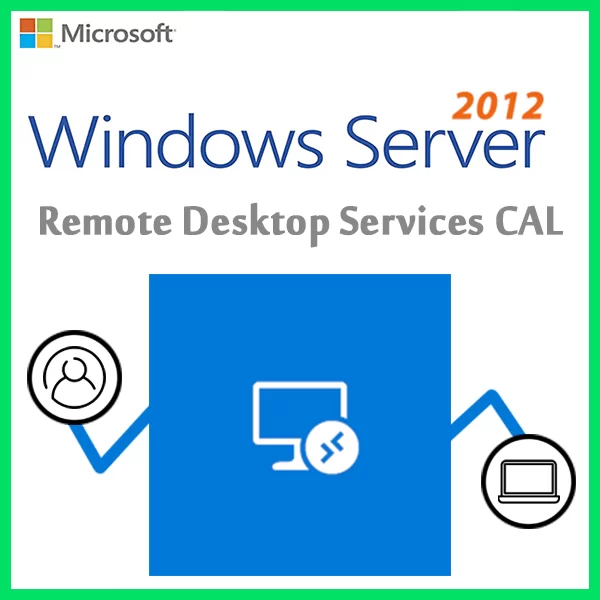Home » Windows Server CALs vs. Per-Core Licensing: Which Is Right for You?
Windows Server CALs vs. Per-Core Licensing: Which Is Right for You?
When it comes to licensing Windows Server, organizations often face a choice between Client Access Licenses (CALs) and Per-Core Licensing. Each licensing model has its own set of advantages and considerations. In this guide, we’ll help you navigate the decision-making process by exploring the differences between Windows Server CALs and Per-Core Licensing, ultimately helping you determine which one is the right fit for your organization.
Understanding Windows Server CALs
- User CALs: These licenses are assigned to individual users, allowing them to access the server from any device.
- Device CALs: These licenses are assigned to specific devices, permitting any user of that device to access the server.
Per-Core Licensing
- Windows Server Standard: Requires the purchase of Core licenses for each physical core in the server.
- Windows Server Datacenter: Also requires Core licenses for each physical core but allows for unlimited virtualization rights.
Factors to Consider
1. Number of Users and Devices
- CALs: Suitable for organizations with a known and relatively stable number of users or devices. You can add CALs as needed.
- Per-Core Licensing: Ideal for organizations with varying numbers of users or devices, especially in highly dynamic environments.
2. Virtualization Needs
- CALs: May require additional licenses for virtualized servers.
- Per-Core Licensing: Windows Server Datacenter edition offers unlimited virtualization rights, making it cost-effective for highly virtualized environments.
3. Budget and Predictability
- CALs: Provide predictability in licensing costs since you pay per user or device.
- Per-Core Licensing: Costs depend on the number of physical cores, which can vary across servers.
4. Flexibility and Growth
- CALs: Easy to manage and add CALs as your organization grows.
- Per-Core Licensing: Offers flexibility for organizations with fluctuating hardware and virtualization needs.
Making the Right Choice
- Choose CALs if you have a relatively stable number of users or devices and want cost predictability.
- Choose Per-Core Licensing if you have dynamic hardware and virtualization needs or are looking for unlimited virtualization rights with the Datacenter edition.
Best Practices
- Assessment: Regularly assess your organization’s licensing needs to ensure they align with your growth and changes.
- Stay Informed: Keep abreast of Microsoft’s licensing policies, which can evolve over time.
- Consult with Experts: For complex licensing scenarios, consult with Microsoft licensing experts or partners to make informed decisions.
In conclusion, selecting the right Windows Server licensing model is a critical decision for your organization’s IT infrastructure. By understanding the differences between CALs and Per-Core Licensing and considering your organization’s specific needs and budget, you can make an informed choice that aligns with your long-term goals.
Recent posts

DHCP and DNS Services: Essentials for Network Functionality
Explore the critical roles of DHCP & DNS in networks, enabling efficient IP address management and domain name resolution.

Understanding File and Storage Services in Windows Server
Explore Windows Server’s File & Storage Services for efficient data management, storage, and sharing within networks.

Exploring Active Directory: Core Functionality and Benefits
Discover the fundamentals and advantages of Active Directory for efficient user management and network administration.











